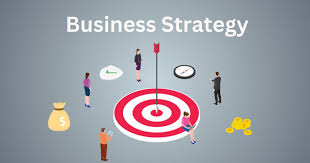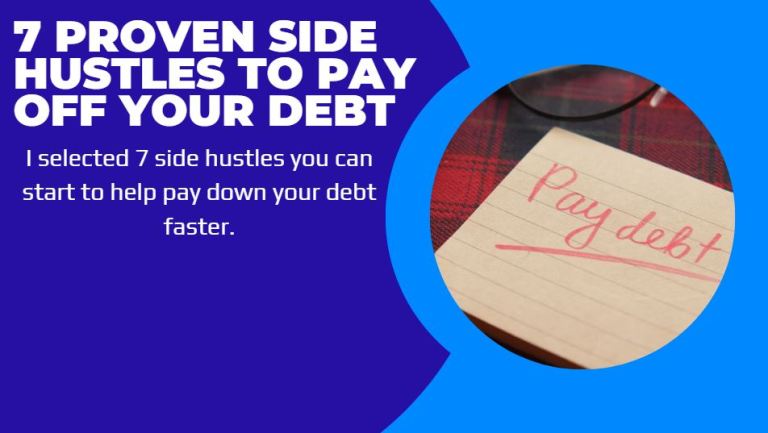Have you ever felt like you’re in a deep ocean of debt, struggling to keep your head above water? You’re not alone. According to recent reports, approximately 80% of Americans are in debt, with the average individual carrying around $90,000 in total debt, including credit cards, student loans, and mortgages. This financial struggle can feel overwhelming and isolating, making you wonder if a debt-free life is just a dream. But what if I told you that there are practical secrets to help you swim to the surface and breathe easy again?
Understanding the Debt Crisis
The True Cost of Debt.
Debt can come from many sources, such as student loans, credit cards, car loans, and medical bills. Interestingly, a study initiated by the ‘Federal Reserve’ found that ‘student loan debt’ alone has soared to ‘$1.7 trillion in the U.S. That’s more than the total amount of credit card debt held by Americans. The anxiety linked to heavy debt is real. In fact, the **American Psychological Association** states that 72% of adults feel stressed about money, and nearly **50%** of those cite debt as their main worry.
Why Does Debt Matter?
Debt is not just a financial burden; it can have a profound impact on your overall well-being. A 2019 study from the **University of Southern California** found that individuals with significant debt experience lower life satisfaction and higher levels of anxiety.
Are You Ready to Make a Change?
So, how do you transform your life and achieve financial freedom? Let’s explore five secrets to help you work towards a life free from the weight of debt.

Secret 1: Create a Budget and Stick to It
Creating a budget is like building a ship to navigate through stormy seas. A study from the **National Endowment for Financial Education** reported that individuals with a budget are **almost 80%** more likely to achieve their financial goals.
Steps to Create a Budget:
– List your income sources.
– Identify all fixed and variable expenses.
– Allocate money to savings and debt repayment.
– Regularly review and adjust your budget.
- Useful Tools
There are many tools available to help you stay on track. Apps like **Mint** and **YNAB** (You Need a Budget) make budgeting easy and visual.
Secret 2: Build an Emergency Fund
An emergency fund acts as your safety net. According to a report from **Bankrate**, **25%** of Americans do not have any savings set aside for emergencies. Having even a small fund can prevent you from going deeper into debt during crises. Aim for at least **three to six months’ worth of expenses**.
Steps to Build an Emergency Fund:
– Start with a small, manageable goal (e.g., $1,000).
– Set up automatic transfers to a separate savings account.
– Consider using windfalls (tax refunds, bonuses) to boost your fund.
Secret 3: Prioritize Debt Repayment
Not all debts are created equal. According to financial expert ‘Dave Ramsey’, focusing on high-interest debts first can save you the most money over time. This method is called the “avalanche” method, which can help you to pay off your debts faster.
Steps to Prioritize Debt Repayment:
- List all debts from highest to lowest interest rate.
- Make minimum payments on all but the highest interest debt.
- Put extra money towards the highest interest debt until it’s paid off.
- Move to the next highest debt and repeat.
Understand Your Debt
A Harvard University study found that making minimum payments can lead to a longer repayment period, costing you significantly more.
Secret 4: Increase Your Income
Side Hustles Are Here to Help.
In today’s gig economy, increasing your income might be easier than you think. A recent survey by **Bankrate** showed that **44%** of Americans have a side hustle. These income-boosting opportunities can include freelancing, tutoring, or selling crafts on platforms like Etsy.
Ways to Increase Your Income:
– Freelance your skills.
– Teach classes in-person or online.
– Rent out a room on Airbnb.
– Participate in market research or surveys.
The Income-Expense Balance
A study from **Gallup** found that individuals with multiple income sources exhibit greater financial well-being and lower stress levels.
Secret 5: Seek Professional Help
Financial Advisors Can Make a Difference.
Sometimes, an outside perspective can provide clarity. A study from the **Journal of Personal Finance** found that individuals who worked with financial advisors felt less stressed and were more likely to achieve financial goals.
When to Consider Professional Help:
– If debts feel unmanageable.
– If you’re unable to create a sustainable budget.
– If you’re unsure about investing options.
Finding a Certified Advisor
Look for a **Certified Financial Planner** (CFP) who has the credentials and experience to guide you effectively. Websites like **NAPFA** (National Association of Personal Financial Advisors) can help you find a reputable advisor.
FAQs
Q1. How long does it take to become debt-free?
A: The time it takes to become debt-free varies based on several factors such as the amount of debt, income, and your dedication to a budget. Some can achieve this goal in a couple of years, while others may take longer.
Q2. Can I negotiate my debt?
A: Yes! Many lenders are open to negotiating there payment terms, especially if you’re experiencing genuine financial hardship. Always communicate openly with your creditors.
Q3. Should I focus on saving or debt payments first?
A: It’s essential to balance both; however, establishing a small emergency fund before aggressively tackling debt can provide stability.
Q4. How can I avoid falling back into debt?
A: Creating and sticking to a budget, maintaining an emergency fund, and continuously finding ways to increase your income can help keep you above water financially.
Q5. Are there apps to help manage debt?
A: Yes! Apps like **Debt Payoff Planner** and **Qube Money** can help you track debts and expenditures effectively.
Once you learn and implement these five secrets, you won’t just be dreaming of a life without debt; you will be making it a reality. Financial freedom means less stress, more opportunities, and a brighter future for you and your family. Are you ready to take the plunge and begin your journey to a debt-free life? Grab your life jacket and dive in—the ocean of possibilities is waiting for you!
By using simple strategies and seeking help when necessary, you can find your way out of the debt storm and sail towards a more secure, happier future. Have in mind that, every step you take brings you closer to freedom. Now, go and conquer your debts!










mr0jwt
3hq5nz
08imr0
z6inrg
je5rmk
4g22sr
9agudg
ghqfo4
0jgueu